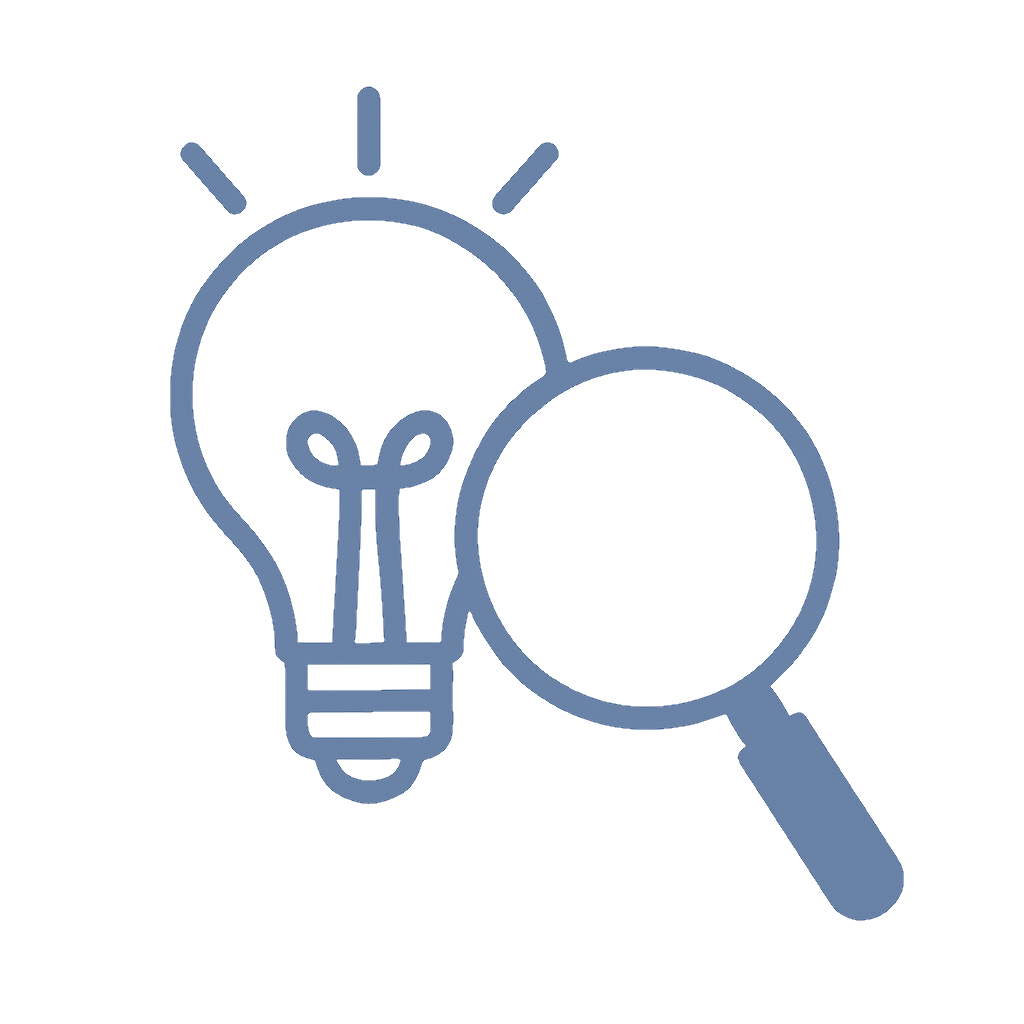Quick Overview
Featuring other people’s products in your creative materials might seem harmless, but it’s a legal minefield. From trademarks to copyright claims, creators must tread carefully to avoid unintentional infringement. This article unpacks what you can and can't do when incorporating third-party products in your content and offers best practices to protect yourself while keeping your projects creative and compelling.

Common Questions & Answers
1. Can I include recognizable brands in my photos or videos for artistic purposes?
Yes, but context matters. If the product is incidental to the scene, like a Coca-Cola can in the background, it's typically fine. However, if the brand is central or depicted negatively, legal risks arise.
2. What is trademark infringement in this context?
Trademark infringement happens when a product’s use confuses viewers into thinking the brand endorses or sponsors your content. This is common in ads or promotional materials that lack explicit permissions.
3. Can I alter or obscure logos to avoid legal issues?
While altering logos might reduce risk, it’s not a guaranteed solution. Some brands still pursue legal action if their logo is even partially recognizable.
4. Is it okay to parody products in my materials?
Parody is protected under fair use in many countries, but it must be obvious and transformative. Ensure it’s clear you’re not presenting the brand in a misleading way.
5. Are disclaimers enough to avoid liability?
Disclaimers like “This content is not affiliated with [Brand]” help but don’t offer absolute protection if the use violates copyright or trademark laws.

Step-by-Step Guide
1. Evaluate the Context
Determine whether the product’s presence is incidental or integral. Incidental placement is usually safer.
2. Research Brand Policies
Many companies have specific guidelines on how their logos or products can be used. Look them up before proceeding.
3. Seek Permission When in Doubt
If a product is central to your project, reach out to the brand for explicit permission.
4. Avoid Misrepresentation
Never imply endorsement or sponsorship unless you have a formal agreement.
5. Consider Alternatives
When risks seem high, use generic props or design your own versions to avoid infringement.
End your projects on the right note by consulting legal experts or scheduling a consultation with Devin Miller to refine your strategy.
Historical Context
Product placement isn’t new; it dates back to the 19th century when soap and tobacco brands sought visibility in plays and photographs. By the 1980s, iconic movies like E.T. and Back to the Future elevated product placement as an advertising art form. Yet as this practice grew, so did legal disputes over unapproved brand appearances. Notably, the landmark Rogers v. Grimaldi case of 1989 shaped the “artistic relevance” test, determining when trademark laws apply to creative works. The rise of social media content has since expanded the debate, making legal clarity more essential than ever.

Business Competition Examples
1. Apple vs. Samsung
Samsung ads often parody Apple’s products, skirting legal boundaries while leveraging fair use. These creative tactics highlight how businesses navigate trademark constraints.
2. Starbucks' Strict Policy
Starbucks actively protects its logo, often suing or issuing takedowns when their trademark appears in unlicensed materials.
3. Nike and Unintentional Endorsements
In a high-profile example, Nike products in viral videos led to accusations of implied sponsorship, highlighting risks even for creators not seeking endorsements.

Discussion
When using third-party products in content, creators must juggle artistic freedom, legal restrictions, and consumer perceptions. The fine line between fair use and infringement complicates matters. While incidental use might be excusable, prominently featuring or altering products often invites legal scrutiny. Creators should weigh the value of authenticity against the risk of legal entanglements, considering that a lawsuit—even one that is ultimately dismissed—can be costly and damaging to a brand’s reputation.
For brands, the stakes are equally high. Allowing unauthorized use might dilute trademark protections, while aggressive legal action could alienate potential customers. Collaboration between brands and creators is the best way forward.

The Debate
Pro-Usage Argument
Third-party products often enhance realism and relatability in creative work. Incidental or artistic use, particularly in non-commercial content, should be protected as a matter of free expression.
Anti-Usage Argument
Using products without permission risks misrepresentation and potential harm to a brand’s reputation. Protecting trademarks ensures consumer trust and incentivizes innovation.

Takeaways
- Using third-party products can enhance realism but comes with legal risks.
- Always evaluate the context of product placement—incidental use is safer than intentional showcasing.
- Seek permissions or opt for generic alternatives to avoid infringement claims.
- Misrepresenting sponsorship or endorsements invites costly legal consequences.
- Proactive communication with brands can lead to mutually beneficial partnerships.

Potential Business Hazards
1. Copyright and Trademark Violations
Unapproved product use can lead to takedowns, lawsuits, or hefty fines.
2. Brand Reputation Risks
Negative portrayals of a brand, even unintentionally, can damage your relationships with future sponsors.
3. Lost Revenue Opportunities
Legal disputes over product placement may deter brands from collaborating with you in the future.
4. Creative Restrictions
Fear of legal issues might limit artistic expression or authenticity in your content.

Myths and Misconceptions
1. “It’s fine as long as I’m not making money.”
Non-commercial use doesn’t automatically shield you from legal claims.
2. “Changing a logo protects me legally.”
Partial alterations may still be recognizable enough to infringe on trademarks.
3. “Disclaimers make it okay.”
While helpful, disclaimers don’t offer absolute protection from liability.
4. “All product placements require permission.”
Incidental uses are often acceptable, provided they don’t mislead or harm the brand.
5. “Parody is always protected.”
Parody laws vary by jurisdiction and require transformative use to qualify as fair use.

Book & Podcast Recommendations
1. “Creative Law for Content Creators” by Joy R. Butler
A practical guide exploring copyright and trademark laws for creative professionals.
2. “The Business of Being Creative” by David C. Baker
Offers insights into managing creative freedom while addressing legal risks.
3. Podcast: “Creative Control” by Maria Brophy
Focuses on balancing creativity and legal considerations in art and media.
4. Podcast: “Intellectual Property 101” by Devin Miller
Covers trademark, copyright, and other IP issues relevant to creators.

Legal Cases
1. Rogers v. Grimaldi (1989)
Established the “artistic relevance” test for using trademarks in creative works.
2. Nike, Inc. v. Just Do It Enterprises (2000)
Reaffirmed that parody must clearly avoid consumer confusion to qualify as fair use.
3. Louis Vuitton Malletier S.A. v. My Other Bag, Inc. (2016)
Determined that humor and commentary often strengthen fair use defenses.
4. Kelly v. Arriba Soft Corp. (2003)
Clarified how incidental uses of copyrighted material might qualify as fair use.

Share Your Expertise
Curious how to navigate product placement while staying legally compliant? Visit Miller IP Law’s website to explore tailored resources for content creators.

Wrap Up
Third-party products can bring authenticity and depth to creative content, but they also carry legal risks. With the right approach—evaluating context, securing permissions, and understanding legal boundaries—you can safely integrate these elements while preserving your artistic vision.













